
Among the following the number of aromatic compound(s) is/are:


Answer
443.6k+ views
Hint: An aromatic compound is one that has high stability and some properties due to closed loop of electrons. Not all molecules with a ring or loop structures are aromatic. Aromatic molecules are sometimes referred to as aromatics.
Complete answer:
In organic chemistry, definition of aromatic compound is given by Huckel’s rule.
Huckel’s rule state, for a compound to be aromatic, compound should be planar, cyclic and should have
So if we put
If we put
If we put
For example benzene, we all know are aware of the structure of benzene. It is planar, it is cyclic and it has
1st we have cyclooctatetraene ,
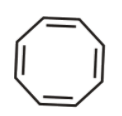
it is cyclic, and non-planar and the number of
2nd we have cyclopropane anion

It is cyclic, planar and has
3rd we have cyclopropane cation.

It is cyclic, but it has only
4th we have cyclohexa-1,3-diene

It is cyclic, planar but has
5th we have, cyclohepta-1,3,5-triene cation,
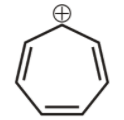
It is cyclic, planar, and has
6th we have cyclopenta-1,3-diene cation,
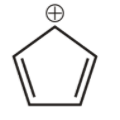
It is cyclic, not planar. It does not obey huckel’s rule. hence is not aromatic
7th we have cyclopenta-1,3-diene anion,
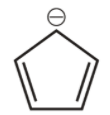
It is cyclic, planar and has
8th we have
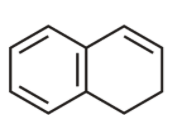
It is cyclic, planar but the electron cloud is not in conjugation. Hence is not aromatic.
9th we have phenanthrene
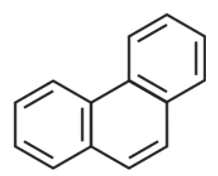
It is cyclic, planar and has
Hence the total number of aromatic compounds is 4.
Note:
Molecules which are cyclic, planar, and have
Complete answer:
In organic chemistry, definition of aromatic compound is given by Huckel’s rule.
Huckel’s rule state, for a compound to be aromatic, compound should be planar, cyclic and should have
So if we put
If we put
If we put
For example benzene, we all know are aware of the structure of benzene. It is planar, it is cyclic and it has
1st we have cyclooctatetraene ,

it is cyclic, and non-planar and the number of
2nd we have cyclopropane anion

It is cyclic, planar and has
3rd we have cyclopropane cation.

It is cyclic, but it has only
4th we have cyclohexa-1,3-diene

It is cyclic, planar but has
5th we have, cyclohepta-1,3,5-triene cation,

It is cyclic, planar, and has
6th we have cyclopenta-1,3-diene cation,

It is cyclic, not planar. It does not obey huckel’s rule. hence is not aromatic
7th we have cyclopenta-1,3-diene anion,

It is cyclic, planar and has
8th we have

It is cyclic, planar but the electron cloud is not in conjugation. Hence is not aromatic.
9th we have phenanthrene

It is cyclic, planar and has
Hence the total number of aromatic compounds is 4.
Note:
Molecules which are cyclic, planar, and have
Recently Updated Pages
Master Class 11 Economics: Engaging Questions & Answers for Success

Master Class 11 Business Studies: Engaging Questions & Answers for Success

Master Class 11 Accountancy: Engaging Questions & Answers for Success

Master Class 11 English: Engaging Questions & Answers for Success

Master Class 11 Computer Science: Engaging Questions & Answers for Success

Master Class 11 Maths: Engaging Questions & Answers for Success

Trending doubts
Which one is a true fish A Jellyfish B Starfish C Dogfish class 11 biology CBSE

State and prove Bernoullis theorem class 11 physics CBSE

1 ton equals to A 100 kg B 1000 kg C 10 kg D 10000 class 11 physics CBSE

In which part of the body the blood is purified oxygenation class 11 biology CBSE

One Metric ton is equal to kg A 10000 B 1000 C 100 class 11 physics CBSE

Difference Between Prokaryotic Cells and Eukaryotic Cells




